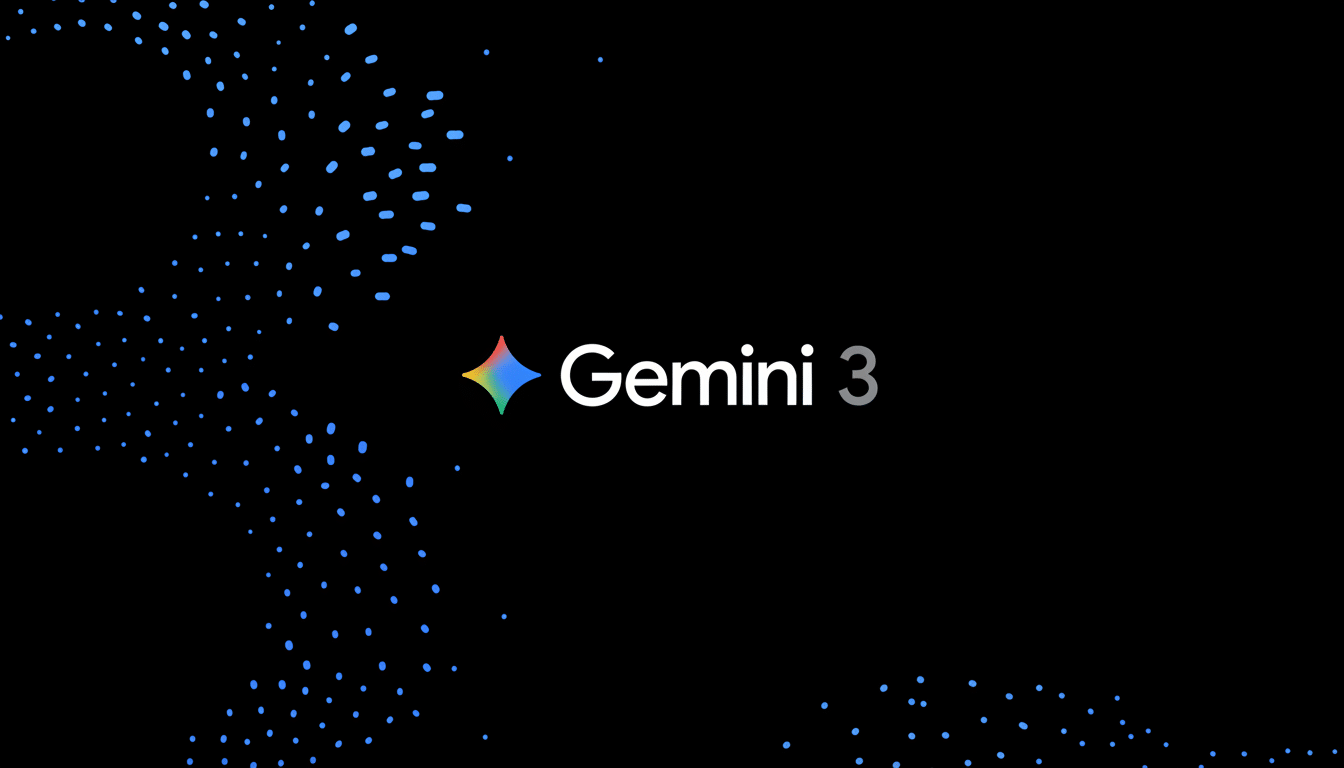“Gemini 3 is the most intelligent model we’ve ever built, and it runs instantly in all of our major products,” Google said as it released Gemini 3. With the exception of a raw increase in accuracy, it is all about reasoning and intent comprehension now, despite Google claiming that users should need fewer prompts to create more complex results.
What Changes With Gemini 3 and How It Works
Gemini 3 is intended both to decompose multi-step tasks and to infer context from sparse instructions, maintaining coherence over longer interactions. In more practical terms, that means the system can translate a fuzzy request like “plan the partner offsite” into structured calendar entries, budget tracking, a vendor shortlist, and follow-up messages — without micromanagement by the user.

Google says the model’s enhanced “intent modeling” cuts down on conversational back-and-forth, a weakness of past assistants. For developers, that same capability should lead to more reliability in tool use and function calling, especially for workflows that chain APIs together or where specific adherence to a derived schema is important.
A specialized version called Gemini 3 Deep Think tackles the most difficult reasoning tasks — think multi-hop investigations, even code refactoring under severe restrictions, or mathematical proofs where intermediate reasoning should be made explicit.
That track is for those more focused on accuracy than speed, and it’s designed for when it pays to take one’s time.
Benchmarks and Early Signals for Gemini 3’s Performance
Gemini 3 Pro comes swinging in on community leaderboards. LMArena (blind chat benchmark — crowd-sourced) shows 1501 Elo at launch, ahead of xAI’s Grok and its own predecessor, Gemini 2.5 Pro. Elo on LMArena is evolving as new matches come in, so your rankings can drop; however, the opening signal is pretty strong.
Google also shows improvements on tough reasoning suites, with Deep Think besting the stress test “Humanity’s Last Exam,” which is filled with hard, multi-step questions that punish shallow pattern matching. As ever, benchmark wins don’t correlate 1:1 with real-world reliability but, added together, they indicate the model’s chain of thought and planning have firmed up.
Industry observers will read this in light of OpenAI and Anthropic’s most recent reasoning-focused models. The competitive arc is evident: fewer hallucinations, better decomposition of problems, and more consistent tool use. The open question here is efficiency — can these boosts in reasoning occur without unbearable latency or cost for your production workloads?
Shipped Across Google Products From Day One at Launch
For the first time, Gemini 3 drives AI mode at launch (initially for AI Pro and Ultra series subscribers) on Google Search. That early Search integration is a big deal: it exposes the model to all kinds of real-world questions at enormous scale, speeding up the iterative improvement process while providing users with a taste of what the reasoning upgrade feels like in short order.

The model is also available live in the Gemini app, AI Studio, and Vertex AI for developers and enterprises. For teams constructing agentic workflows, Google’s Antigravity platform advances to Gemini 3 and allows long-running tasks such as orchestrating tools, APIs, and data sources with more guarded execution.
As part of the new, reimagined Gemini, Google has also revamped the app experience to be commensurate with that model.
A new My Stuff hub also groups documents and chats into a single space so people can return to multi-step tasks where they left off without losing their place. The company is also experimenting with generative interfaces — on-the-fly UI elements the model constructs as you ask it to — to reduce friction for complex tasks like shopping or project planning.
From Chatbot to Capable Agents: Gemini 3’s Evolution
Gemini Agent extends the model from chat to completions. It’s able to schedule appointments, handle reminders, triage inboxes, and conduct scoped research online — stitching results into draft briefs or action lists. And the promise is not just answers but results, with the model doing the messy wiring that often sits between apps.
For businesses, this shift poses familiar questions about security, provenance, and oversight. According to Google, policy and safety systems from previous editions get carried over, providing enterprise controls in Vertex AI for restricting data exposure and controlling tool use. Independent audits by groups like MLCommons and evaluations being tracked by Stanford’s Center for Research on Foundation Models will be crucial to watch as deployments scale.
What to Watch Next as Gemini 3 Rolls Out to Users
Developers are going to look for token limits, streaming latency, and tool-use reliability relative to Gemini generations past. Product teams will experiment to see if fewer prompts really mean lower support costs and faster task completion. And everyone will have a chance to watch how Search integrates Gemini 3 into results without breaking trust or drowning users in AI-authored passages.
If these early indications hold, Gemini 3 is a significant move toward agentic systems that not only respond but act. Google has staked its claim; what the next few weeks of hands-on use will reveal is whether this is a sea change in everyday work or just another turn of the incremental crank.

